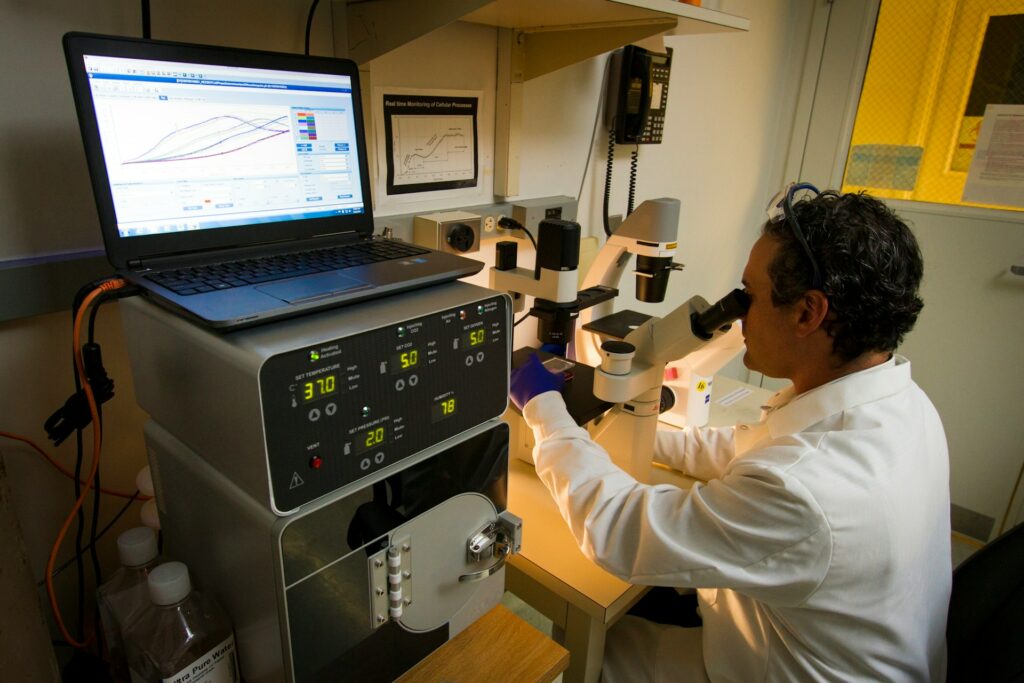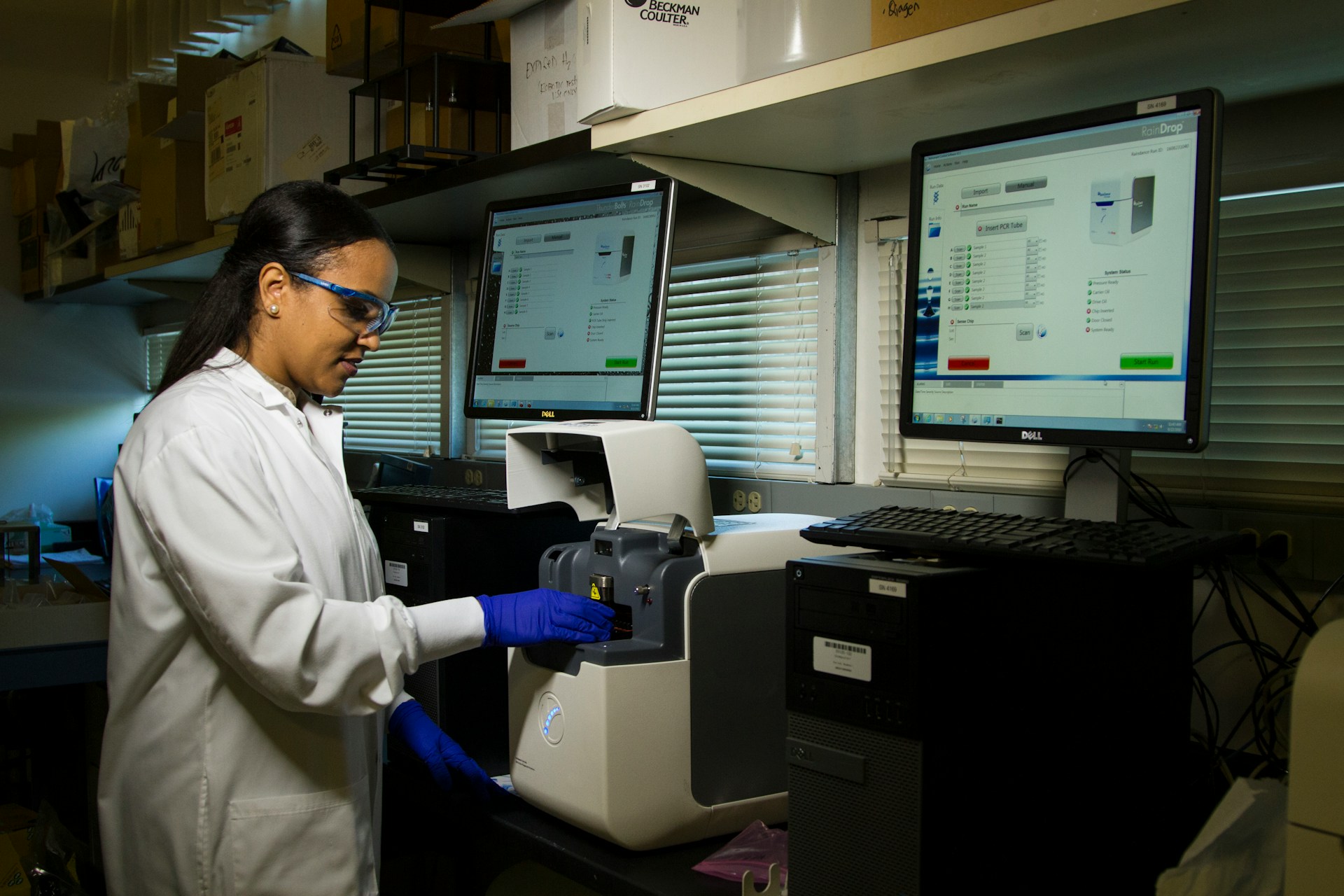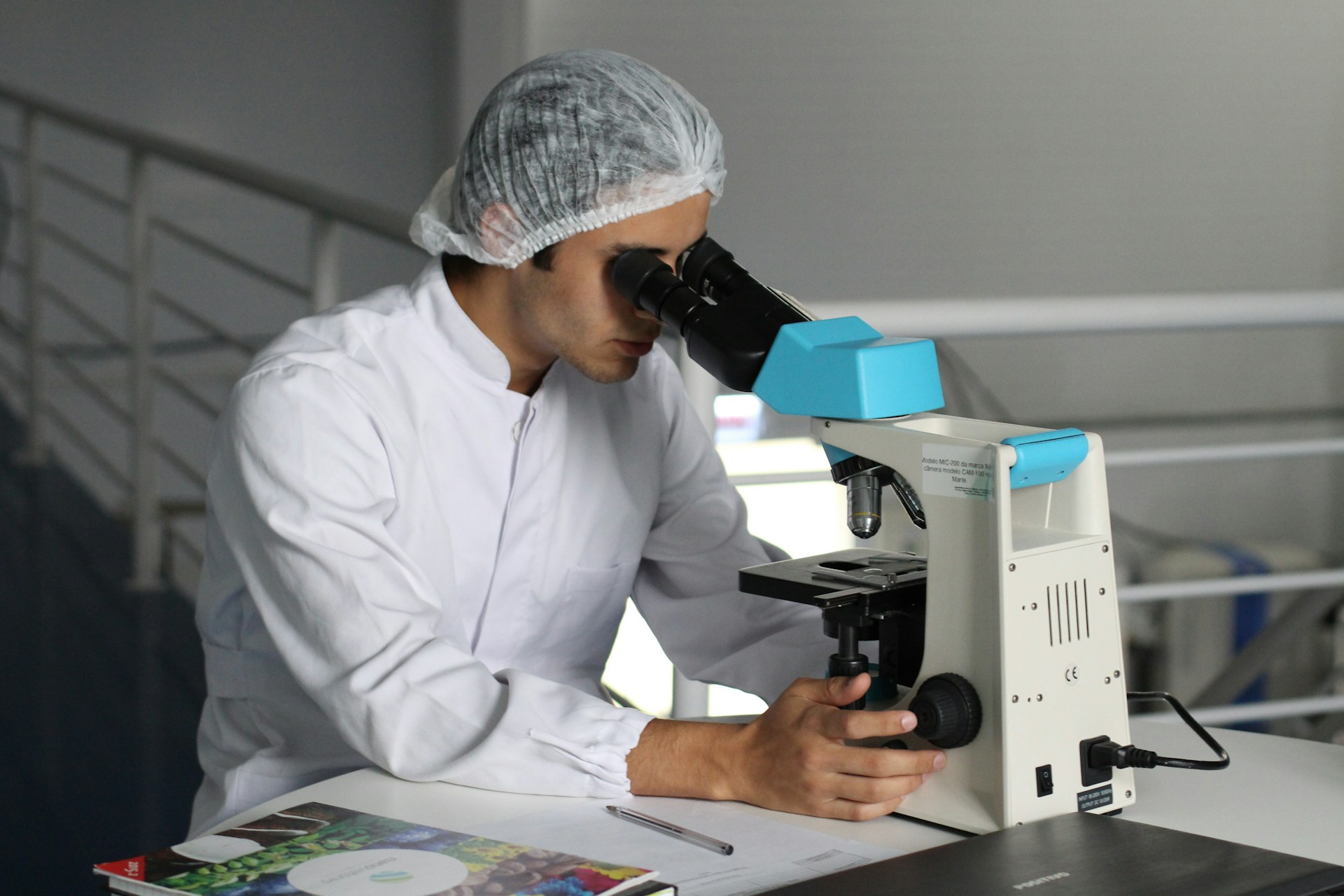
Enhancing Healthcare Efficiency: The Role of CMMS in Medical Institutions
In the dynamic and fast-paced environment of medical institutions, efficient management of assets and maintenance processes is crucial for ensuring patient safety, compliance with regulatory standards, and operational efficiency. Computerized Maintenance Management Systems (CMMS) have emerged as vital tools in achieving these goals. This article explores the benefits of CMMS in medical institutions, detailing how they enhance maintenance operations, improve equipment uptime, ensure regulatory compliance, and ultimately contribute to better patient care.
Streamlining Maintenance Operations
A CMMS centralizes maintenance management, enabling medical institutions to streamline their operations. Traditional maintenance methods, often reliant on manual tracking and paper records, can lead to inefficiencies and errors. A CMMS like Llumin automates work orders, schedules preventive maintenance, and tracks all maintenance activities. This automation ensures that tasks are completed on time, reducing downtime and extending the life of critical equipment.
For instance, a hospital using Llumin can schedule routine inspections and preventive maintenance for its HVAC systems, medical imaging equipment, and laboratory instruments. The system sends automatic reminders to technicians, ensuring that maintenance is performed regularly. This proactive approach minimizes the risk of unexpected equipment failures, which can disrupt patient care and lead to costly repairs.
Improving Equipment Uptime
In medical institutions, equipment downtime can have serious repercussions, affecting patient care and operational efficiency. CMMS plays a pivotal role in improving equipment uptime by facilitating timely maintenance and quick repairs. The system maintains a detailed history of each piece of equipment, including past maintenance activities, repair logs, and performance data. This information helps technicians diagnose issues accurately and swiftly, reducing repair times.
Moreover, a CMMS enables real-time monitoring of equipment performance through integration with IoT sensors. These sensors can detect anomalies and trigger alerts before a minor issue escalates into a major problem. For example, if an MRI machine shows signs of overheating, the CMMS can alert maintenance staff immediately, allowing for prompt intervention and preventing potential breakdowns. This proactive maintenance approach ensures that critical medical equipment remains operational, enhancing the overall quality of patient care.
Ensuring Regulatory Compliance
Medical institutions operate under strict regulatory standards to ensure patient safety and the quality of care. Compliance with these regulations involves meticulous record-keeping and regular audits. A CMMS simplifies compliance by maintaining comprehensive records of all maintenance activities, equipment inspections, and certifications.
The system can generate detailed reports and documentation required for regulatory audits, making it easier for medical institutions to demonstrate compliance. For instance, if a healthcare facility needs to prove that its sterilization equipment undergoes regular maintenance and meets safety standards, the CMMS can provide the necessary documentation quickly. This capability not only reduces the administrative burden but also ensures that the institution adheres to regulatory requirements, avoiding potential fines and legal issues.
Enhancing Resource Management
Effective resource management is essential for the smooth operation of medical institutions. A CMMS helps optimize the use of resources, including maintenance personnel, spare parts, and budget. The system provides insights into resource allocation, enabling managers to make informed decisions and prioritize tasks based on urgency and importance.
For example, a CMMS can track the inventory of spare parts and automatically reorder items when stock levels are low. This prevents delays in repairs due to unavailable parts. Additionally, the system can analyze maintenance data to identify recurring issues and recommend strategies for improvement. By optimizing resource management, a CMMS contributes to cost savings and enhances the efficiency of maintenance operations.
Improving Patient Safety and Care
Ultimately, the primary goal of medical institutions is to provide high-quality patient care. A CMMS supports this objective by ensuring that all medical equipment and facilities are in optimal condition. Reliable equipment reduces the risk of malfunctions during medical procedures, enhancing patient safety.
Furthermore, the system’s ability to schedule and document preventive maintenance ensures that equipment is always ready for use. This reliability is crucial in emergencies where timely access to functional equipment can be a matter of life and death. By maintaining a high standard of equipment performance, a CMMS helps medical institutions deliver better patient outcomes.
Conclusion
The implementation of a Computerized Maintenance Management System in medical institutions offers numerous benefits, from streamlining maintenance operations and improving equipment uptime to ensuring regulatory compliance and enhancing patient safety. 






